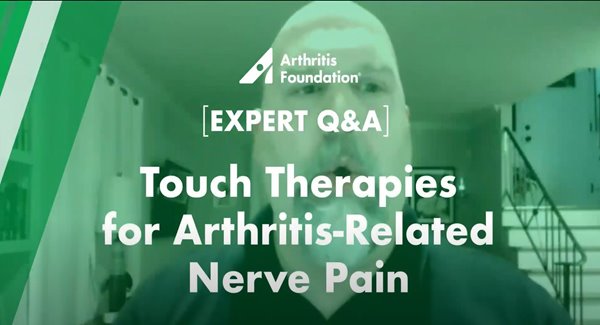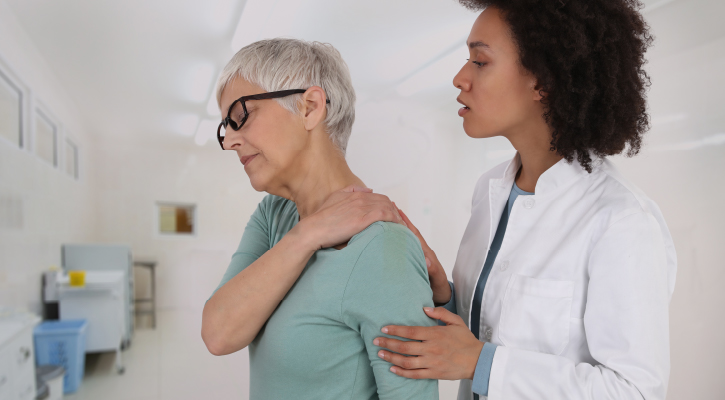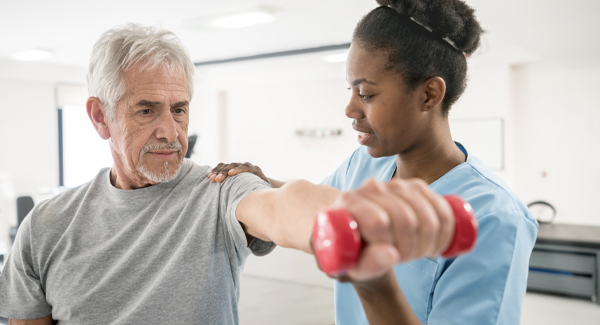Touch Therapy for Arthritis
Touch therapy can be very effective in relieving pain in the joints and muscles, find out more here.
1. Hands-on Pain Relief
Many people are helped by hands-on treatments such as acupuncture, spinal manipulation and massage. But there is more to these procedures than inspiring stories. A growing number of studies find touch therapies effective, as researchers continue to explore why and how they may work. Here's a closer look at some of these treatments.
2. Acupuncture and Acupressure
Acupuncture involves inserting fine needles into specific points on the body. The goal is to correct imbalances in the flow of life energy – called chi or qi – to stimulate healing. Traditional Chinese medicine describes more than 2,000 acupuncture points or acupoints connected to 12 main energy channels. Acupressure, based on the same principles as acupuncture, uses gentle but deep hand pressure instead of needles to manipulate acupoints and associated energy channels.
3. Acupuncture and Acupressure: Studies Show
Early studies were small and of poor quality. A team of scientists published results of a rigorous meta-analysis of information from 29 high-quality acupuncture studies involving nearly 18,000 patients. They found that acupuncture effectively relieved pain in several chronic conditions, including osteoarthritis (OA). Another meta-analysis found that acupuncture was better at relieving OA knee pain than either standard care or exercise.
4. Chiropractic
In a 2015 Gallup poll of about 5,400 Americans, 60% believed chiropractic effectively treats neck and back pain. While chiropractors manipulate, or adjust, the spine to improve pain and mobility, the benefits may extend beyond the back. They use instruments and varying degrees of force to adjust misaligned joints, improve the relationship between the spine and nervous system, which they believe may positively affect how the rest of the body functions.
5. Chiropractic: Studies Show
A report issued by the Agency for Healthcare Research and Quality found spinal manipulation is as effective as medication for low back pain. A British analysis of nearly 100 high-quality systematic reviews and randomized controlled trials found that manipulation was beneficial for acute and chronic low back pain, neck pain and knee OA. But people with active inflammation, a fused spine or osteoporosis in the spine or neck, shouldn't be treated with chiropractic therapy.
6. Massage
Massage is one of the most popular touch therapies; the number of Americans receiving therapeutic massage has nearly doubled, according to the National Institutes of Health. Dozens of massage techniques exist, ranging from gentle to intense, but almost all aim to ease stress and sore muscles. Some use it as a source of pampering, comfort and connection.
7. Massage: Studies Show
Studies show that moderate-pressure massage can lead to improved pain, stiffness, range of motion, hand grip strength and overall function in people with OA, RA and fibromyalgia. Researchers say massage seems to work by increasing circulation, bringing more nutrients to tissues. It also seems to lower production of the stress hormone cortisol, reduce heart rate and blood pressure and decrease anxiety.
8. Reiki
Energy medicine Reiki is a Japanese form of touch therapy based on the idea that healing energy transmitted through the hands of a practitioner can relieve stress and disease. Reiki has increased in popularity in the U.S. in recent years. Some hospitals, including the California Pacific Medical Center and University of Michigan hospitals offer it to their patients.
9. Reiki: Studies Show
Though there is little research to support it, many people say anecdotally that they experience good results with Reiki, including reduced pain, anxiety and depression and improved sleep. A 2015 review of seven studies of Reiki found the studies too small or dissimilar to compare but believed there was enough evidence to support further research.
10. Find a Practitioner
Be sure to talk to your doctor before trying new therapies, even touch therapies. To find a practitioner, look for ones who are certified in their profession, members of professional organizations and/or affiliated with a university or hospital system. Ask if they have experience treating your type of arthritis.

Stay in the Know. Live in the Yes.
Get involved with the arthritis community. Tell us a little about yourself and, based on your interests, you’ll receive emails packed with the latest information and resources to live your best life and connect with others.



